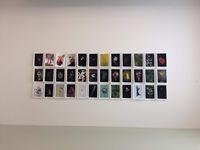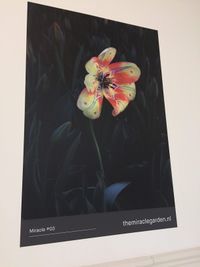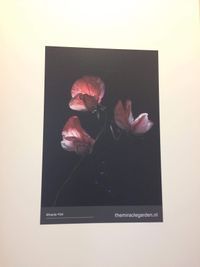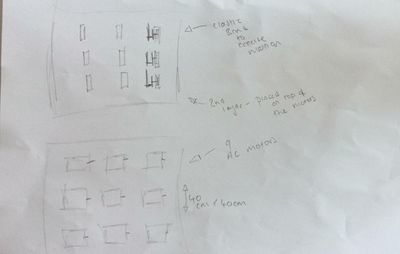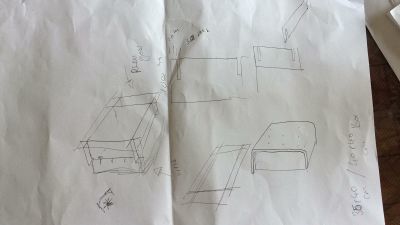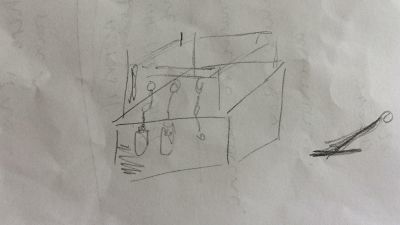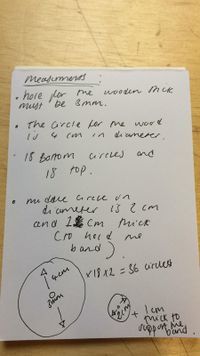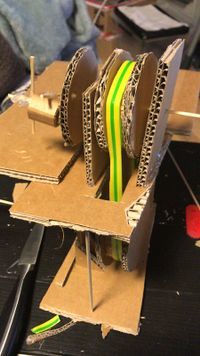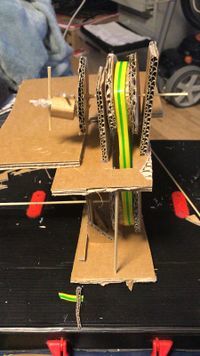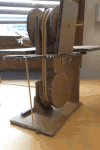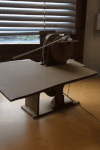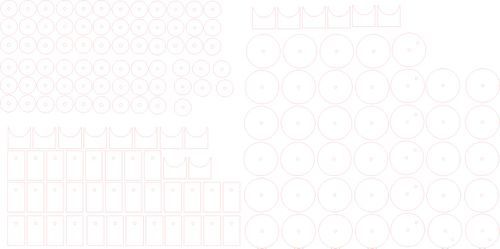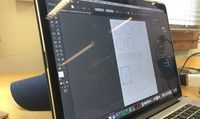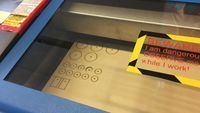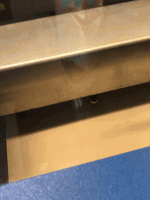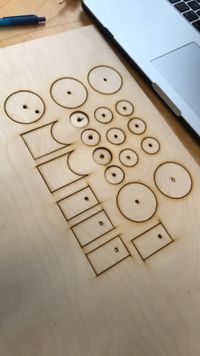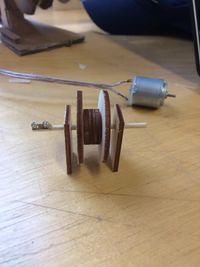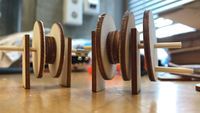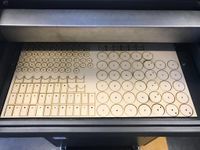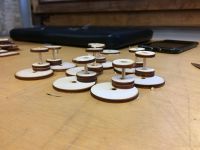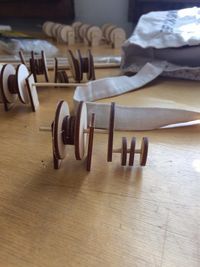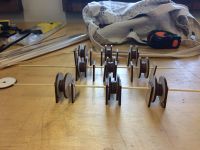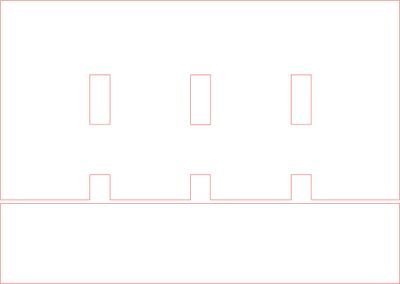Difference between revisions of "User:O.Evans.A.Ram"
| Line 1: | Line 1: | ||
| − | '''DIGITAL CRAFT//THE SLEEP BOX//''' | + | |
| + | |||
| + | |||
| + | '''DIGITAL CRAFT//YEAR 3'' | ||
| + | |||
| + | '''PROJECT ONE//THE SLEEP BOX//''' | ||
| + | |||
| + | |||
| + | '''PROJECT 2/ CYBERNETIC PROSTETHICS//THE SLEEP BOX//''' | ||
We were set the task to ‘Design and make in 3D a new relationship between a living organism and a machine’. | We were set the task to ‘Design and make in 3D a new relationship between a living organism and a machine’. | ||
Revision as of 12:55, 14 October 2018
'DIGITAL CRAFT//YEAR 3
PROJECT ONE//THE SLEEP BOX//
PROJECT 2/ CYBERNETIC PROSTETHICS//THE SLEEP BOX//
We were set the task to ‘Design and make in 3D a new relationship between a living organism and a machine’.
RESEARCH//
We began by researching into cyborgs, and how machines can assist both nature and the human race in their daily lives. We were fascinated by this subject area and wanted to develop an machine that could improve our lives in a healthier way. Sleep is something that we are dependant on; we cannot function normally without it and sleep deprivation is a problem worldwide. A constant tick or white noise from a mechanism can assist people to drift asleep without the need for medication such as sleeping pills. Therefore, we decided to create a ‘sleep box’.
We were also inspired by rain, it is a relaxing noise, produced by nature, and we wanted to mimick that within our own machine. Our main priority is to create a machine that can be placed at the user´s bedside table and be able to help them soundly drift asleep.
An interesting Article from the BBC, delving into how nature and machine can become one.//
http://www.bbc.com/earth/story/20150703-can-nature-and-technology-be-friends[[1]]
Sourced from The BBC.
RESEARCH/ EXHIBTION VISIT//
We went together to visit the ‘De tuinen van Elspeth Diederix’ Exhibition being shown at the Stedelijk museum Scheidam. Diederix uses surreal images of nature in her work and we felt it was suited to our project task of ‘design and make in 3D a new relationship between a living organism and a machine’. We enjoyed the exhibtion and we felt inspired in our process as we are also incorporating nature- the sound of rain, within our work. I have included a few images of our experience at the exhibtion below.
SKETCHES//
Below are photographs of our initial sketches, we searched for help from the interaction station and the material station and made sure we planned out our measurements so they are precise in order for our plans to become a realisation.
PROTOTYPE//
We then made a cardboard prototype of our design to check it would work mechanically. Below are photographs and a GIF of our design in use.
TESTING OUR DESIGN//
It was successful so then we planned to create the cogs and design from laser cut wood, at a thickness of 3mm. We planned to add a AC motor with 1.5v batteries. We are aware at this point that the motor would turn the system very quickly, too quickly unfortunately; we decided we can develop this later on in the process slowing the system down by using Arduino software.
We used illustrator to draw out the cogs and parts to assemble the device in wood; below are photographs of the measurements and rules we set and abided by for all 9 working mechanisms we plan to make within the ‘sleep box’.
We then used the laser cutter to precisely cut out our parts. Below are photographs of the process.
Once completed we assembled them roughly to check our measurements were correct. We now knew that we were correct, so we completed the first mechanism, and plan to finish the other eight. Shown below are photographs of the first completed mechanism, both top and bottom parts of the cog system.
ASSEMBLY//
we then decided to design the other mechanisms on illustrator, and cut them out on one piece of wood measuring 600mm x 300mm and 3mm thick.
we then plan to assemble all cogs in preperation to add the motors, and outer box and box underneath to house the AC motors.
The images above show part of the assembly process for the cogs we used a hot glue gun to make sure the cogs were secure.
we then decided to move on and create the wooden box that the motors and lower sets of cogs would be housed within. Pictured below are examples of our designs on illustrator.
REFERENCE POINT//
We were given this artist as a reference during our feedback, perhaps we can use his work as an inspiration for the development of our sleep box.
